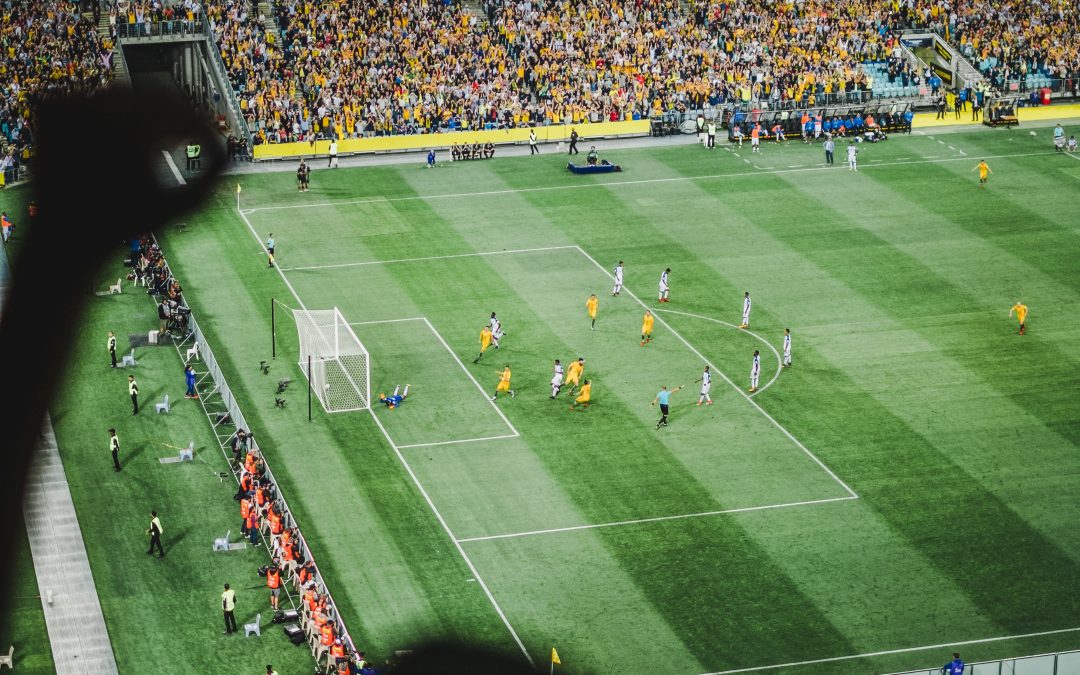Indian football data crunching technology has evolved after years of research, statistical analysis and machine learning. All of this data works together to establish a score, and it’s these scores that enable coaches to dynamically rank their players in real time during matches.
The Indian Super League (ISL) is one of the top men’s professional football leagues in India. The league is also known as the Hero Indian Super League. In addition to having many talented players, there are also technological reasons they are at an advantage over over teams in the league.
One main reason is the team’s analyst who spends up to 6 hours after every match watching and editing videos of each player’s performance. The tool he uses to analyze the video is called Sportscode. After editing, he gives the coach videos of specific players or of the entire team, depending on the coach’s request. He and the coach then meet with players to discuss their findings. Video sessions between the analyst, coach and player can last up to 90 minutes. Because this particular coach is very defense-oriented, a lot of time is spent studying the opposing team’s attack strategies. This intense studying is one of the reasons ISL has the best defensive record so far this season.
Another benefit to watching player videos is how they increase morale. Players aren’t just shown the mistakes they’ve made, they are also shown what they did correctly, along with music in a comedic format. This show of acknowledgement provides motivation for the players, which is another key ingredient for success.
Data tools are used by a number of Indian football clubs, but not all teams run analysis at the same level of intensity. Mumbai City FC is a football team who also strongly makes use of technology. Their assistant coach, Juliano Fontana says a third of his strategies are based on analytics. FC Pune City head coach Ranko Popovic, however, prefers not to overload his players with too much information, so videos are kept to a minimum.
Footballers wearing vests with GPS devices are another tech device in Indian football these days, but they are not very practical or dependable. They aren’t comfortable to wear, and they can be detained by customs at any time. At Goa, players wear a tracker known as Catapult Optimeye S5. After every match and practice session, data from the GPS device is fed into a program that determines the distance each player covers and the number of sprints. Like other teams, time is spent after every game analysing videos. The tool that Goa uses is called Video Observer, a video editing software capable of generating player and game reports.
Studying past events and correcting them is just one aspect of football analytics. To truly make use of its abilities, one has to accurately predict possible future outcomes and trends. The question now is about how far analysis can go. How long before crunching numbers starts to actually predict the future of Indian football?

